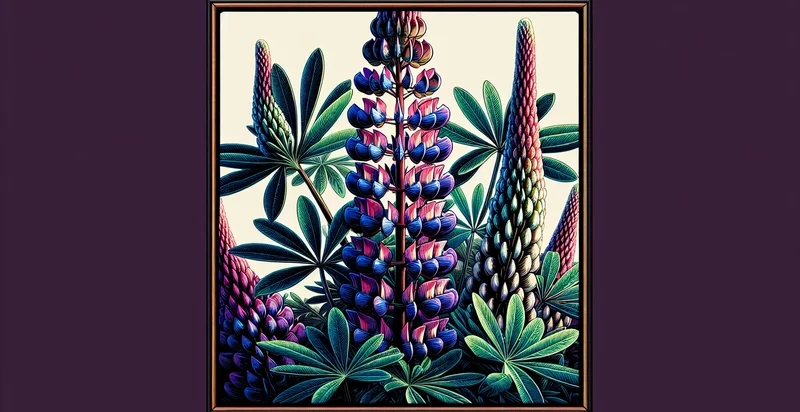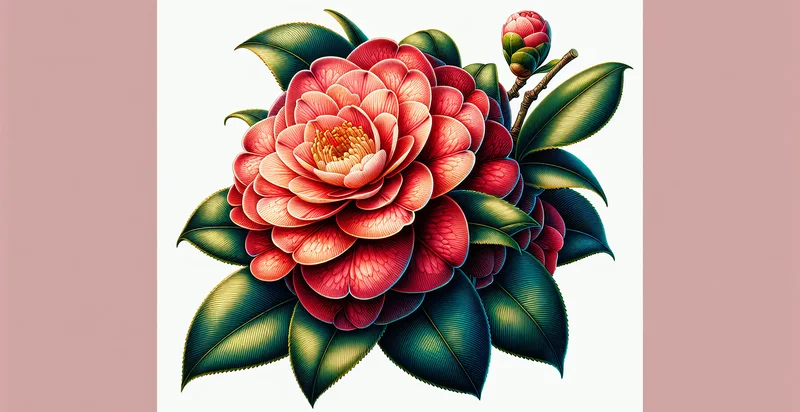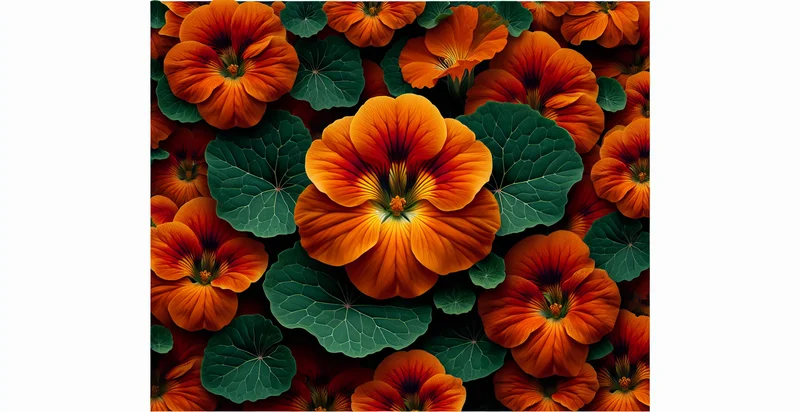Identify is this a lupine
using AI
Below is a free classifier to identify is this a lupine. Just upload your image, and our AI will predict if it's a lupine - in just seconds.

Contact us for API access
Or, use Nyckel to build highly-accurate custom classifiers in just minutes. No PhD required.
Get started
import nyckel
credentials = nyckel.Credentials("YOUR_CLIENT_ID", "YOUR_CLIENT_SECRET")
nyckel.invoke("is-this-a-lupine", "your_image_url", credentials)
fetch('https://www.nyckel.com/v1/functions/is-this-a-lupine/invoke', {
method: 'POST',
headers: {
'Authorization': 'Bearer ' + 'YOUR_BEARER_TOKEN',
'Content-Type': 'application/json',
},
body: JSON.stringify(
{"data": "your_image_url"}
)
})
.then(response => response.json())
.then(data => console.log(data));
curl -X POST \
-H "Content-Type: application/json" \
-H "Authorization: Bearer YOUR_BEARER_TOKEN" \
-d '{"data": "your_image_url"}' \
https://www.nyckel.com/v1/functions/is-this-a-lupine/invoke
How this classifier works
To start, upload your image. Our AI tool will then predict if it's a lupine.
This pretrained image model uses a Nyckel-created dataset and has 2 labels, including Is A Lupine and Is Not A Lupine.
We'll also show a confidence score (the higher the number, the more confident the AI model is around if it's a lupine).
Whether you're just curious or building is this a lupine detection into your application, we hope our classifier proves helpful.
Related Classifiers
Need to identify is this a lupine at scale?
Get API or Zapier access to this classifier for free. It's perfect for:
- Lupine Species Identification: This function can be used by botanists and ecologists to accurately identify various species of lupines in the field. By uploading images of flowering plants, researchers can confirm the species, facilitating biodiversity studies and conservation efforts.
- Agricultural Monitoring: Farmers can leverage this image classification tool to monitor lupine crops for health and disease. By identifying lupines at early stages, they can implement targeted treatments to optimize yield and minimize loss.
- Ecotourism Promotion: Ecotourism organizations can utilize this function to create educational content for tourists interested in local flora. Using the 'is this a lupine' identifier in guided tours or mobile apps can enhance the visitor experience by providing instant identification and information about the plants encountered.
- Gardening Apps: Home gardening applications can integrate this feature to assist users in identifying and learning about lupines. This would aid gardening enthusiasts in cultivating lupines correctly and understanding their specific care requirements.
- Environmental Impact Studies: Environmental scientists can adopt this image classifier to assess the distribution of lupines in various habitats. This data can be crucial for studying ecosystem changes and the impacts of climate change on plant populations.
- Education and Research: Educational institutions can employ this classification function in botany courses to support hands-on learning. Students can upload their own photos for quick identification, enhancing their understanding of plant biology and taxonomy.
- Plant Restoration Projects: Non-profit organizations focused on restoration can use this tool to identify lupines in degraded environments. By monitoring these plants, they can gauge the success of restoration efforts and make informed decisions to restore native habitats effectively.


